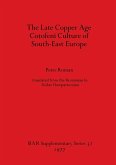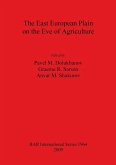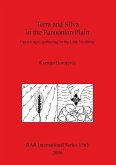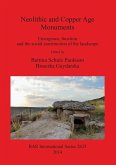The research presented in this study focuses upon a 2,000 sq km area in the Körös River Valley, in northern Békés County, eastern Hungary. Within this region, the author analyzes two separate lines of evidence that relate to the changing patterns of social interaction and integration during the Late Neolithic and Early Copper Age periods. Chapter 1 details the scope of the project Chapter 2 develops the theoretical framework. Chapter Three discusses the methodological correlates of this theoretical framework, and addresses the archaeological problem of inferring dynamic social systems from static material remains. The middle range theory and bridging arguments are presented and the problems of measuring social interaction and integration in prehistoric contexts are discussed. Chapter Four presents the archaeological background necessary for understanding the radical social changes that occurred on the Great Hungarian Plain, ca. 4,500 BC. Chapter Five presents the specific research design. Chapter Six provides an overview of the study area and presents the sites and assemblage included in the subsequent analyses. Chapter Seven details the analysis of integration throughout the study area, based upon the spatial data and Chapter Eight lays out the analyses of Early Copper Age interaction, based upon the stylistic data from the Early Copper Age ceramic assemblages. Chapter Nine integrates the analyses presented in Chapters Seven and Eight into a coherent model and attempts to place the study area into the wider temporal and geographic context of the Great Hungarian Plain, and into the wider context of anthropological archaeology.








